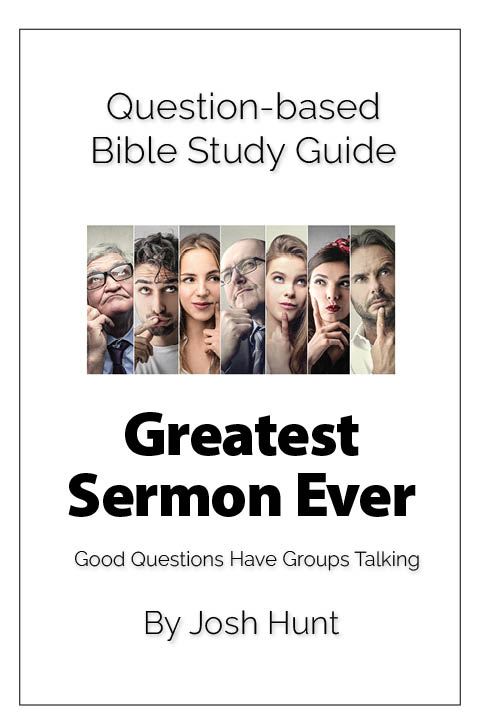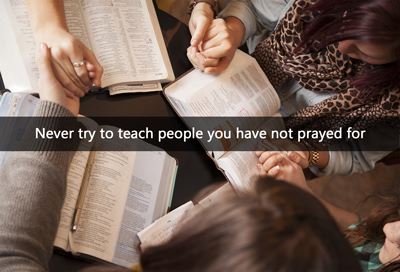Esther’s Hebrew name was Hadassah, meaning “Myrtle” (2:7), but her Persian name, Ester, came from the Persian word meaning “Star” (stara). The Greek title for this book is Esther. Despite her heritage as a Hebrew exile, Esther became Queen of Persia through unusual circumstances. This Jewish orphan, raised by her cousin Mordecai, seemed a most unlikely candidate for the king’s harem. Her remarkable beauty won her a spot among the many women who longed to catch the king’s eye, however, and while her looks drew the king’s favor, her deeper spiritual qualities undoubtedly sealed his affections. The Book of Esther is a great story of intrigue and heroism, but a story whose inclusion in the Scriptures has been debated for centuries since God fails to get even a single mention in the book. In fact, the only reference of any kind to spiritual discipline comes in a few short references to prayer and fasting. Nevertheless, God’s hand of providence and protection stands out throughout the book, especially when God’s people appear in grave danger of annihilation. As with many great stories, both heroes and villains populate the Book of Esther. The heroes include Esther herself and Mordecai. The chief villain is the king’s right-hand man, Haman, who hatches a dastardly plot to kill Mordecai and exterminate the Jews. After Esther learned of the scheme against the Jews, she made a decision to try to save her people, even if it meant her own death. With a little encouragement from Mordecai, she willingly seized the opportunity God had placed before her. Esther did not turn away in fear but stepped forward in faith. So the courage of beautiful Esther and the counsel of the wise Mordecai foil Haman’s plot, resulting in a great deliverance for God’s people. And the Feast of Purim became an annual reminder of God’s faithfulness to His people. Through these circumstances God demonstrated His eternal love and ability to protect those who are His. God took a plan to exterminate His people and turned it into an occasion for their blessing. Theme: God’s invisible hand of providence cares for, protects, and delivers those who are His. Sometimes He uses godly people willing to stand up to opposition, even in the face of grave danger to themselves. Author: Unknown. Time: The story of Esther is set in the fifth century B.C. Esther was a contemporary of Zerubbabel, Ezra, and Nehemiah. Structure: The Book of Esther is written as a historical narrative. The book is filled with interesting plot twists and heroism in the face of grave personal danger. Charles F. Stanley, The Charles F. Stanley Life Principles Bible: New King James Version (Nashville, TN: Nelson Bibles, 2005), Es. | If you are wanting to do a particular passage or book study and can't find it, feel free to email me at josh@joshhunt.com21 Laws of Discipleship -- the book -- |


















